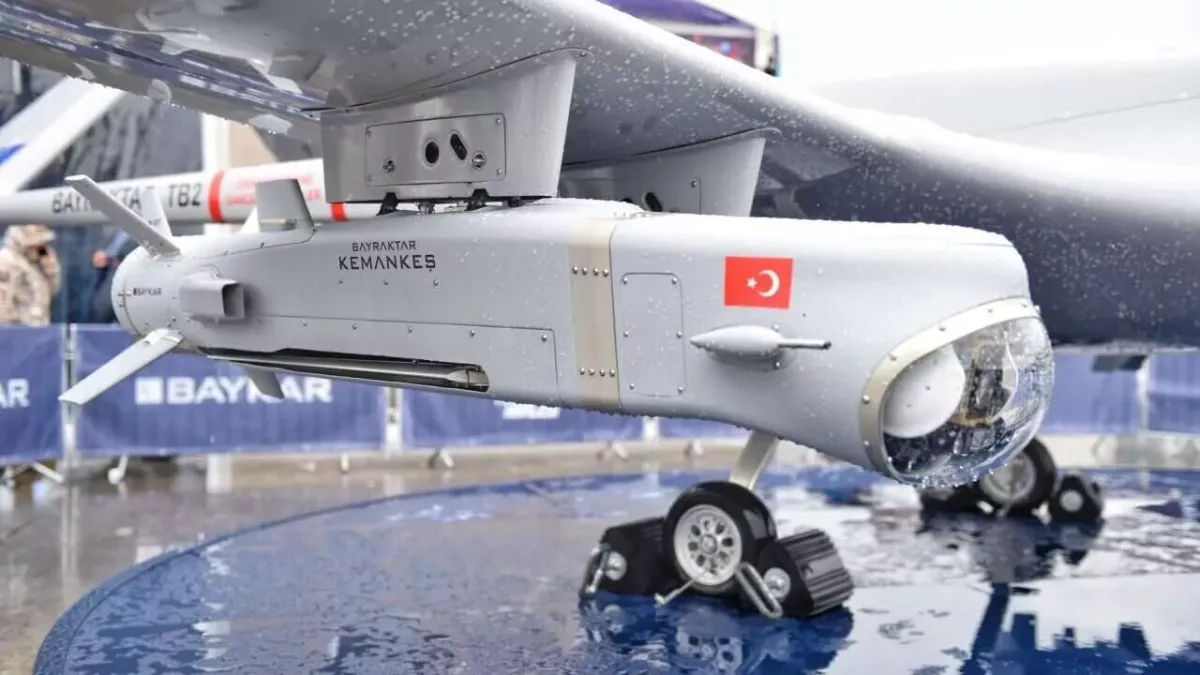Türkiye's Baykar expands tactical UAV role with AI-powered airborne strike missile PHOTO / VIDEO
Baykar has completed the maiden combat trials of its AI-guided, compact cruise missile KEMANKEŞ-1, launched from the strike UAV Bayraktar Akıncı, demonstrating the weapon’s ability to engage airborne targets.
In a post shared by SavunmaSanayiST.com on its X platform account, the live-fire trial, conducted under operational conditions, showed KEMANKEŞ-1 carrying out all mission phases autonomously — from launch through mid-course cruise to the terminal dive — while intercepting fast-moving aerial targets, Caliber.Az reports.
🔴Bayraktar AKINCI TİHA’dan 3 adet KEMANKEŞ Mini Akıllı Seyir Füzesi atışı!
— SavunmaSanayiST.com (@SavunmaSanayiST) October 30, 2025
— 🚀 Atış, Seyir ve Dalış Testi pic.twitter.com/opuYmvLTSq
Baykar said the test, carried out in demanding environmental and flight conditions, represents the first recorded use of an AI-equipped cruise missile launched from a UAV to strike airborne rather than static ground targets, marking a significant shift in the tactical role of unmanned platforms.
The final trial is notable for being conducted from the twin-engined Bayraktar Akıncı, a high-payload UAV with more than 24 hours’ endurance and a payload capacity exceeding 1,350 kg, optimised to carry modern precision munitions such as KEMANKEŞ-1.
This capability allows Turkish forces — and potential export customers — to employ cruise munitions from unmanned systems well beyond the front line.
Baykar also said KEMANKEŞ-1 is compatible with the forthcoming TB3 UAV, intended for operations from the Turkish Navy’s amphibious assault ship TCG Anadolu, opening prospects for maritime unmanned strikes using high-precision cruise weapons.

KEMANKEŞ-1 is an indigenously developed, jet-powered mini cruise missile created by Baykar for precision strikes from unmanned platforms.
The weapon family was first revealed publicly at Teknofest 2023 and has progressed through an accelerated test campaign since, including maximum-flight and dive tests earlier in 2025.
The missile is designed for long-endurance loitering missions, with company statements and reporting giving an operational endurance of 30+ minutes and ranges cited at 100–200+ km depending on the source and profile.
By Jeyhun Aghazada








